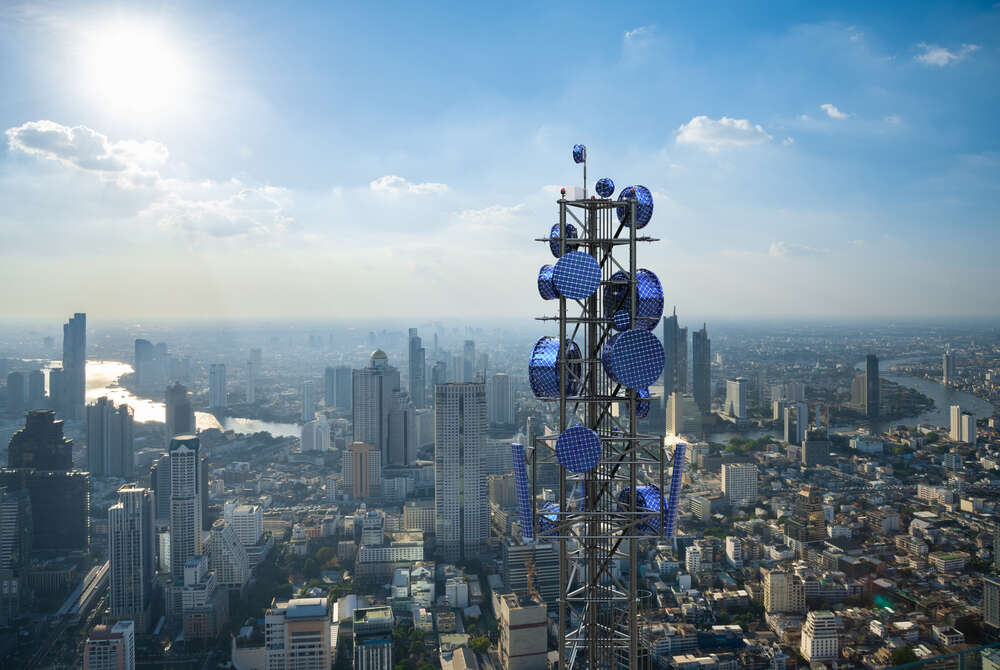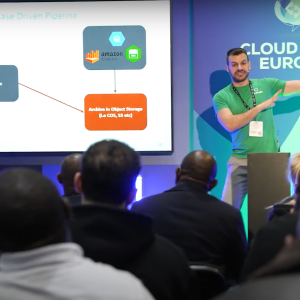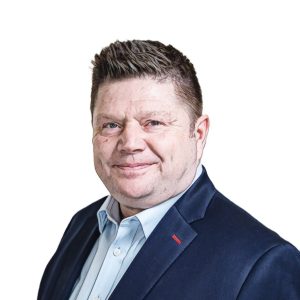
Ericsson is spending “tens of millions” on a new 6G R&D project that it says will define the future of mobile networking in the UK and set new global standards. The Swedish telecoms giant says 6G, next generation of mobile network, will enable the merger of the physical and digital worlds.

The ten-year investment will see Ericsson pump “tens of millions” into the project that will see a new research unit set up in the UK employing 20 dedicated researchers and fund PhD students to investigate what 6G should look like and how it should work.
They will look at network resilience and security to ensure any future infrastructure has cybersecurity built in from the start, as well as the use of AI and energy efficiency. These, says Ericsson are “considered to be key building blocks of the world’s future digital infrastructure for society, industries and consumers”.
Only about half of the UK population have access to a 5G network at the moment, with plans for a more rapid roll-out in the coming years, so 6G is still some way off, with Ericsson predicting the first devices coming online in the 2030s.
The company says the early days of 6G will build on the societal, consumer and industry-use case mobility connectivity breakthroughs already enabled by high-end capabilities of 5G, further pushing a merger of digital and physical.
The next-generation technology will be expected to “contribute to a more intelligent, sustainable and efficient society and help deliver new use cases that include multi-sensory extended reality, precision healthcare, smart agriculture, cobots, and intelligent autonomous systems.”
The UK isn't the only country hoping to cement itself as the driver of 6G standards. Germany allocated up to €700m for 6G research by 2025, while the US and Japan have jointly invested some $4.5bn in R&D, testing and deployment of secure networks for the next generation of communications.
As well as being more resilient, secure and energy efficient, the next generation of mobile network will need to be faster and have greater coverage than 5G which will require new technology that makes use of "ultra-wideband contiguous bandwidth".
Ericsson 6G: investment in new standards
This will allow for high-bandwidth connections but over short-range, so will likely require more masts and connection points. However, it could also re-farm existing bands used for 3G and 4G, much like 5G has re-used older spectrum, according to Samsung Research.
Ericsson says its investment in the UK 6G R&D project builds on its existing history of creating technology that drives the country’s telecommunications industry. It is supported by the government in the project and forms part of a wider effort to make the UK “a leader in the development of future communications and global standards.”
DCMS Secretary Michelle Donelan said in a statement: "Our mission is to lead the world in developing next-generation network tech, and we will soon publish a strategy outlining how we harness 6G to deliver more for people and business."
Exactly what the infrastructure will look like is still to be seen. Unlike 5G it will likely make better use of satellites to cover remote areas and smaller, more regularly deployed data cells in cities and even a combination of smart surfaces and extenders.
Disruptive Analysis’ Dean Bubley previously told Tech Monitor: “There will also be various specialised options, such as portable cells in vehicles or on drones, although they will not be commonplace. The later versions of 6G (perhaps in the mid-2030s) might start to use ‘smart surfaces’ as repeaters and extenders.”
Magnus Frodigh, VP and head of Ericsson Research, said in a statement that the efforts will put the UK in a good position to drive future development and standards, adding that it allows Ericsson to "utilise [the UK's] existing high international level of knowledge in wireless systems and technologies to produce ground-breaking 6G research that not only can help shape the future of global standards but also deliver a more connected, efficient and sustainable society.”






